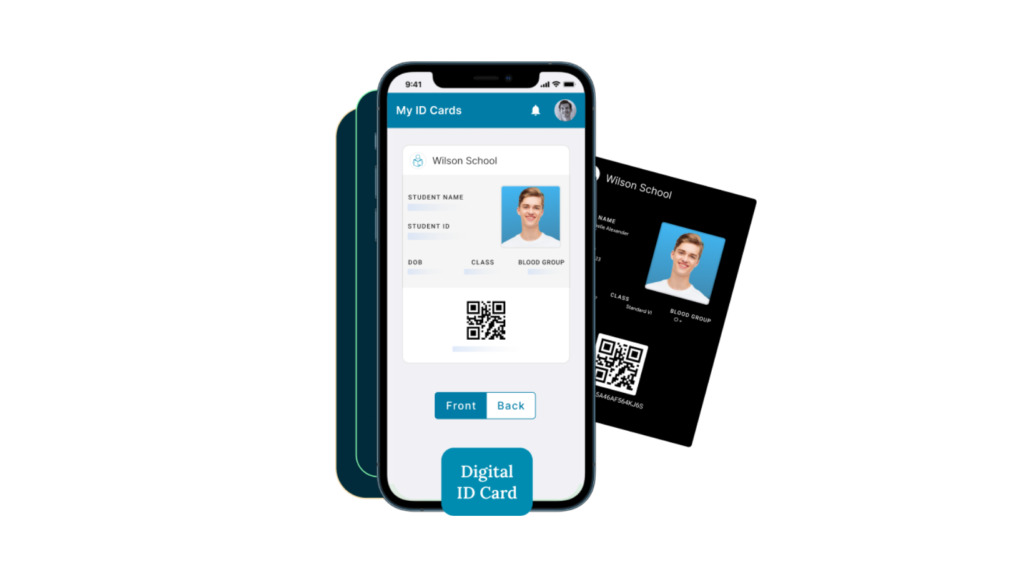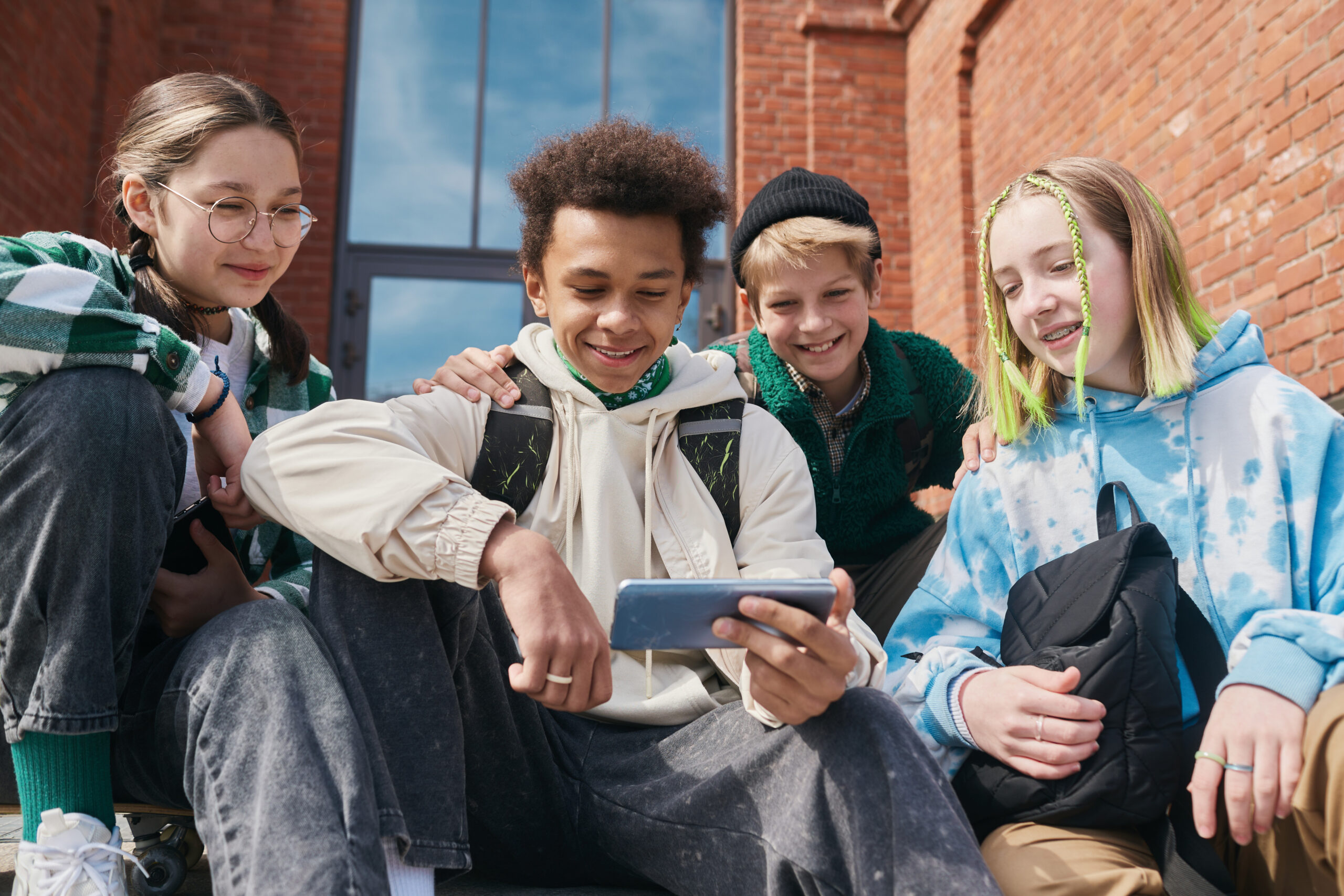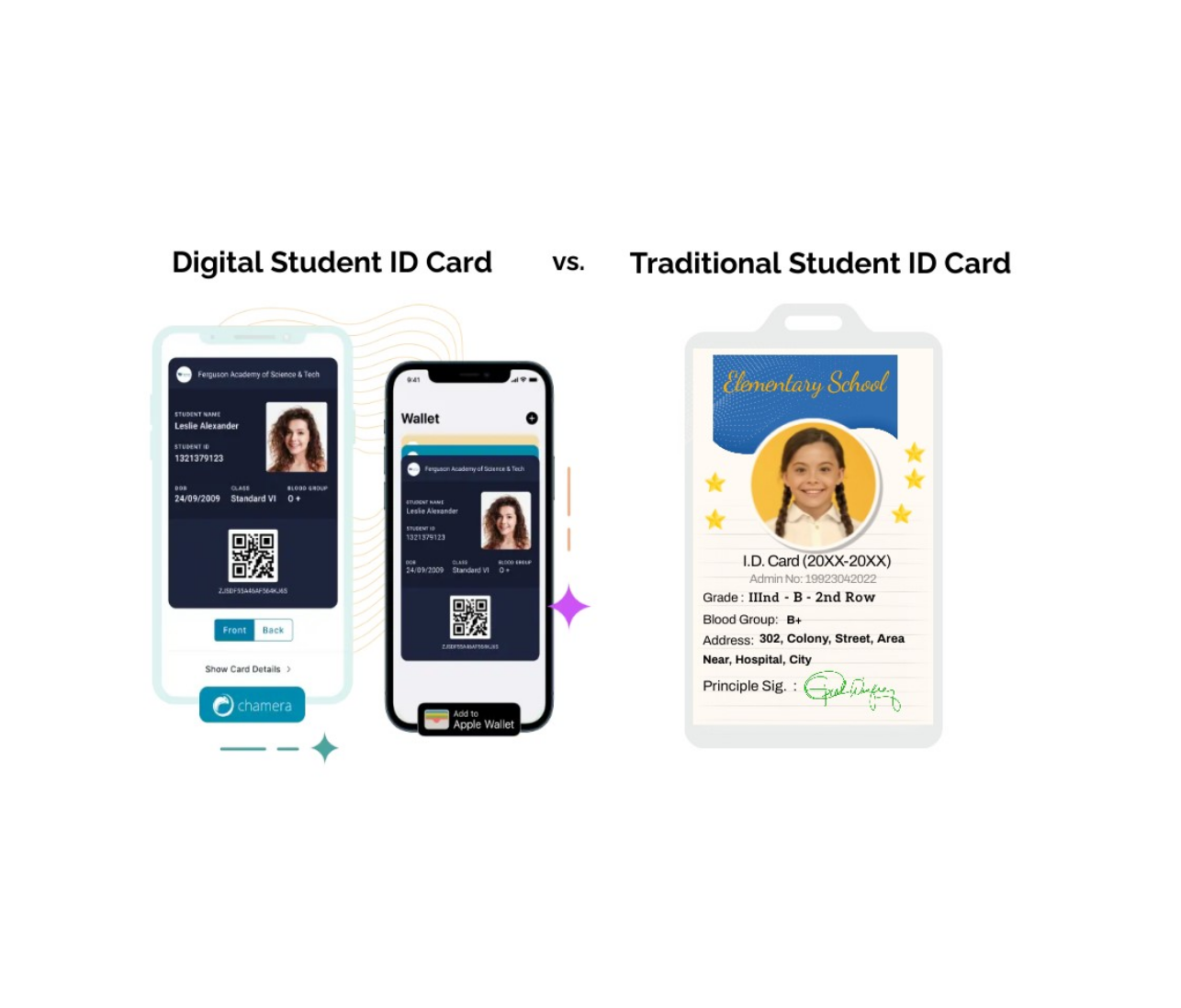Cell phones are the main requirement of students at the present time. Using phones during school hours in today’s world is one way for teenagers to feel more secure going to school for the day. However, in most schools, cell phones are banned and prohibited. Students who bring cell phones to these schools are also subject to heavy fines and corporal punishment. School authorities believe that cell phones can cause disciplinary problems in the institution. On the other hand, some school administrators only allow cell phone use after class.
However, even as we entered an elementary classroom in 2022, we can still see children typing reports on school laptops, teachers using projectors to project videos, and students studying books on iPad.
With the cellular network and portable size, mobile phones can also serve more academic purposes.
In this article, we will find out about the positive impacts of cell phones or smartphones in school.
1. Intuitive learning
Mobile phones can efficiently compute and display personalised and tailored content for each individual. Thus, apps containing geolocation, social networks, search functionality, news readers, and simulations can be easily customised to provide smartphone learning tools.
2. Dynamic classroom
Students are more willing to learn when educational content is delivered interactively and dynamically through quizzes, polls, surveys, and videos. And smartphones greatly support and support this type of delivery. Mobile learning offers excellent opportunities to improve the education of young learners by combining traditional methods. This blended learning method can be highly effective when the role of smartphones in the learning journey is well understood.
3. Easier communication
The mobile phone’s ability to synchronise communications makes it an exceptional social tool and can improve collaboration between students, teachers, parents, and the broader school community. Smartphones enhance social interaction and allow the school community to stay connected.
4. Academic Ownership
Mobile learning allows for various interactive media that can be tailored based on personal preferences. This mobile learning aspect will enable students to take control of their knowledge and develop a sense of belonging. Having options gives students a choice to study through the mediums in which they are most comfortable and thus enhances the learning journey.
5. Quick access to all kinds of educational apps
Equipping classrooms with hands-on learning apps enhances learning. Many educational apps are available on various topics for all types of learners. These fun exercises encourage fun competition among the students while improving the way new ideas are learned. Plus, students will love the change from regular lectures.
6. Integration with digital ID cards

With the mobile student ID barcode, students can verify and visually demonstrate their affiliation with a certain school. Since student ID cards are integrated with other systems, students can easily register for events and classes, access school buildings, and more through their phones. The barcoding process is secure as information is scanned and verified against a known database of students.
7. Social learning
Smartphones can allow students to work in groups on projects, share information, and explore. They can work towards a common goal, again, in a format they are comfortable using.
8. Reduced workload for secretarial staff
Parents can send messages or voicemails about late appointments or appointment reminders to their children and eliminate or reduce the number of messages the office sends to students.
9. Emergencies
If an emergency at school requires calling the police, fire department, or ambulance services, response times will be much faster for an observant student using their cell phone instead of finding one at school.
10. GPS tracking
Smartphones with built-in GPS technology. Parents can always know where their child is, but they need to ensure that the GPS location indicator is enabled on their phone. The students can always enable GPS tracking and monitoring for their safety.
11. Fast and secure digital payment
Having access to mobile phones, students can leverage a fast, secure and contactless digital payment experience. By using student ID card apps and digital wallet facilities, they can make all digital payments within and outside of school. A lot of digital ID cards for schools allow students to save their student ID cards online to both Apple Wallet and Google Pay.
12. Time management
We know how fast time goes when you have devices in hand and need help keeping track of time. However, on the other hand, to get the work done on time, teachers can set the deadline on their smartphones by including an alarm. This way, students can finish the work on the set time and manage their time effectively. In addition, smartphones can set a text alert to remind students to do something on a certain day.
13. Scheduling
Most phones these days have a calendar option. It’s an easy way for students to keep track of their homework and upcoming tests. Since teens are never far from their phones, it’s easier for them to manage their work electronically than trying to track down a piece of paper that might get lost or damaged.
14. Entertainment
Many problems cause stress for students during their teen years. Fortunately, their smartphones are packed with entertainment resources in the form of cartoons, movies, games and other forms. Course instructors can always find something appealing on the student’s cell phone, regardless of age.
15. Usage monitoring
When mobile devices are part of the school day and are used and integrated, their use is “on the surface” and visible to teachers and other staff. This allows for easy user control and helps keep students safe online and offline.
16. In-depth digital literacy from a young age
Children can stay caught up in knowledge and use of technology if they use smartphones in class on a daily basis. The world is increasingly technologically advanced, so young people need digital skills to enter the workplace, including the appropriate use of mobile devices.
17. Increase parental involvement
Cell phones allow children to stay in touch with their parents outside of school hours, increasing parental involvement in school time and extracurricular activities such as helping with homework or practising sports. It helps them feel more invested in what they’re doing to get better grades and have more fun overall.
18. Learning opportunities
Cell phones allow students to find out what is happening outside their classroom. They also provide a way to stay updated with current events and topics that may arise in class. This knowledge, in addition to books, also helps with homework. Finally, because cell phones are so ubiquitous these days, many people use them as a teaching tool by studying something online during discussions (e.g. math problems).
19. Effective web surfing for research purposes
Students inevitably encounter words and subjects they do not know when they practice exercises in class. Most mobile phones have a built-in dictionary. Students can easily use voice commands and surf the internet to find out what new words mean, how they’re used in sentences, whether they have synonyms, and overall, how to conduct a quick research on the given subject
20. Good for teachers
Teachers can teach students when they are not on site. For example, during the COVID-19 pandemic, millions of colleges started taking online courses that connect with students through their phones. Having access to students outside of class also means teachers will know how to manage virtual sessions and lesson plans.




